EUIPO - the international registration agency for geographical indications (GI) and the EU's lead agency for intellectual property rights - identifies GI as one of the factors that promote tourism and contribute significantly to the local economy . Accordingly, GI is a sign indicating the geographical origin of a product from a specific region, locality, territory or country.
GIs help maintain high standards, prevent imitation and ensure consumers receive the genuine, best quality product. To achieve a geographical indication, the production process must adhere to specific practices and strict quality control.
Popular regions associated with GI, typically Vietnam or Europe, often have a steady flow of tourists. They are interested in festivals, cuisine , products, and local handicrafts. According to the 2020 report, GI represents a sales value of 74.76 billion EUR in the European Union. The price of products with GI is double or triple that of non-certified products.
Visitors looking for a multi-sensory experience might consider Rheinhessen (Germany) and La Mancha (Spain) – two regions famous for their GI (geographical indication) products.
The vast vineyards are a feature of Rheinhessen. (Source: Vecteezy) |
Rheinhessen - Germany's largest wine growing region
Rheinhessen, located in the heart of Germany, is the country's largest wine-growing region, with over 27,000 hectares of vines. Its winemaking heritage dates back 2,000 years and is renowned not only in Europe but also around the world.
Thanks to its diverse soils and favorable climate, Rheinhessen offers a wide range of grape, wine, sparkling and semi-sparkling wines. In addition to the dominant white varieties, the region is also famous for its rosé and red wines.
GI wines here have a distinctive tropical fruit aroma, with hints of nutmeg. They are pale to deep gold in colour, with balanced sweetness and acidity.
Typically, Riesling wines reflect the diversity of the Rheinhessen region, with crisp acidity, minerality and fruity aromas. Aged in oak barrels, the wines have a distinctive aroma due to malolactic fermentation.
The artisan blends about 70% Riesling grapes and Silvaner, Müller-Thurgau or Kerner varieties, known as "Liebfraumilch" - which has a semi-sweet taste due to the residual sugar.
The Rheinhessen wine region boosts the local economy. New producers are constantly springing up to keep this age-old industry alive.
The rolling hills of vineyards are ideal for an active, relaxing holiday. A series of walking and cycling routes help visitors explore the heritage vineyards.
Rheinhessen also offers wine tasting tours, where visitors can learn how some of Germany's finest wines are produced.
La Mancha - Spain's famous cheese producing region
Queso Manchego is one of the most iconic cheeses in the world, originating from the vast plains of La Mancha, Spain. For many, La Mancha is familiar, as the hometown of Don Quixote - a fictional character in Spanish literature.
Many European documents clearly state that Queso Manchego is made exclusively from the milk of Manchega sheep - a breed that adapts well to all harsh conditions. The sheep are carefully cared for, eating only grass on the diverse vegetation of La Mancha. This diet gives the milk many unique characteristics, which are then transformed into cheese using a series of traditional methods.
Specifically, the cheese is aged for at least 30 days or up to two years, the flavor is rich and complex over time. Many users rate Queso Manchego as versatile, with a firm, dense texture and ivory color, suitable for both traditional Spanish dishes and modern culinary creations.
Famous Spanish Queso Manchego cheese. (Source: European Commission) |
GI Queso Manchego plays an important role in the culture and economy of La Mancha, attracting tourists and cheese lovers from all over the world. The Manchego Cheese Management Council is responsible for promoting Queso Manchego.
The Council cooperates with public and private organizations to disseminate information about cheese, mainly through tastings. In addition, the unit organizes a series of guided visits to each Queso Manchego production facility, farm, and factory in the region.
Source: https://baoquocte.vn/du-lich-chau-au-hut-khach-nho-di-san-trong-nho-nuoi-cuu-295726.html


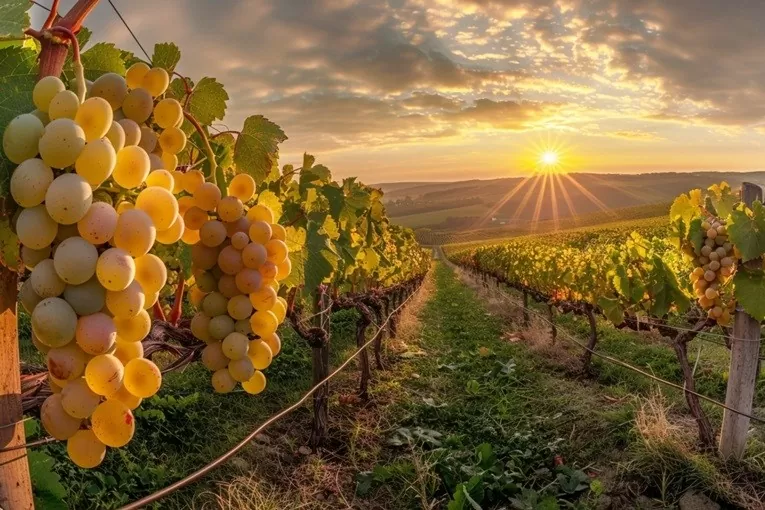




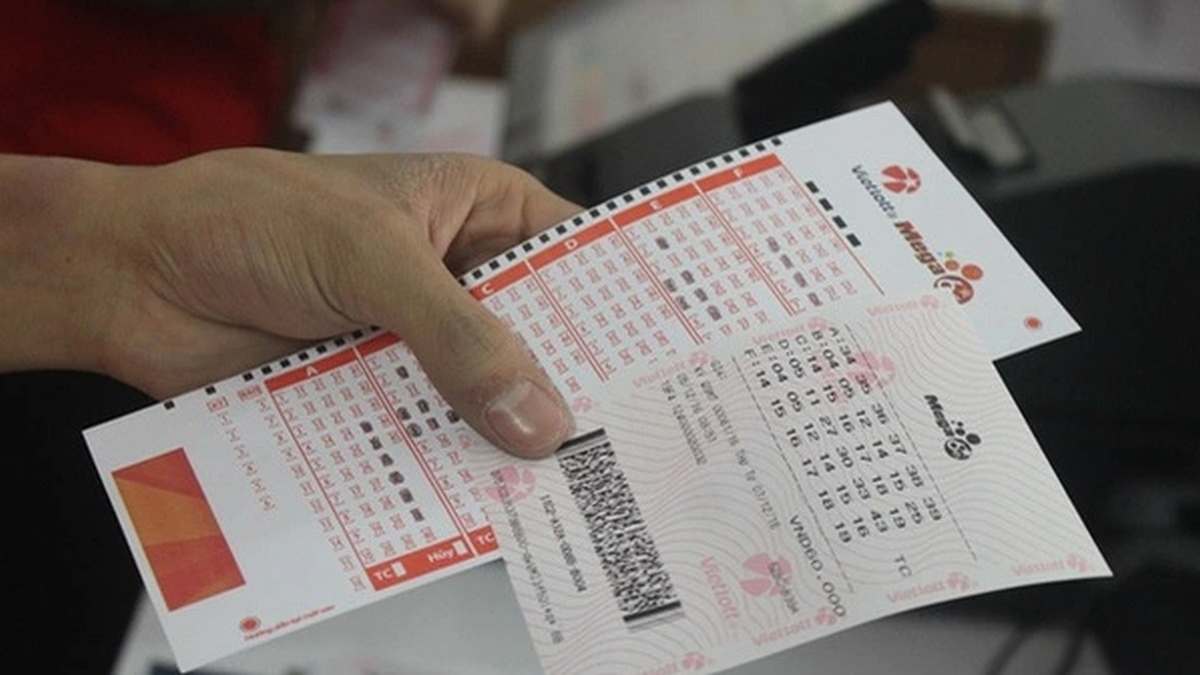


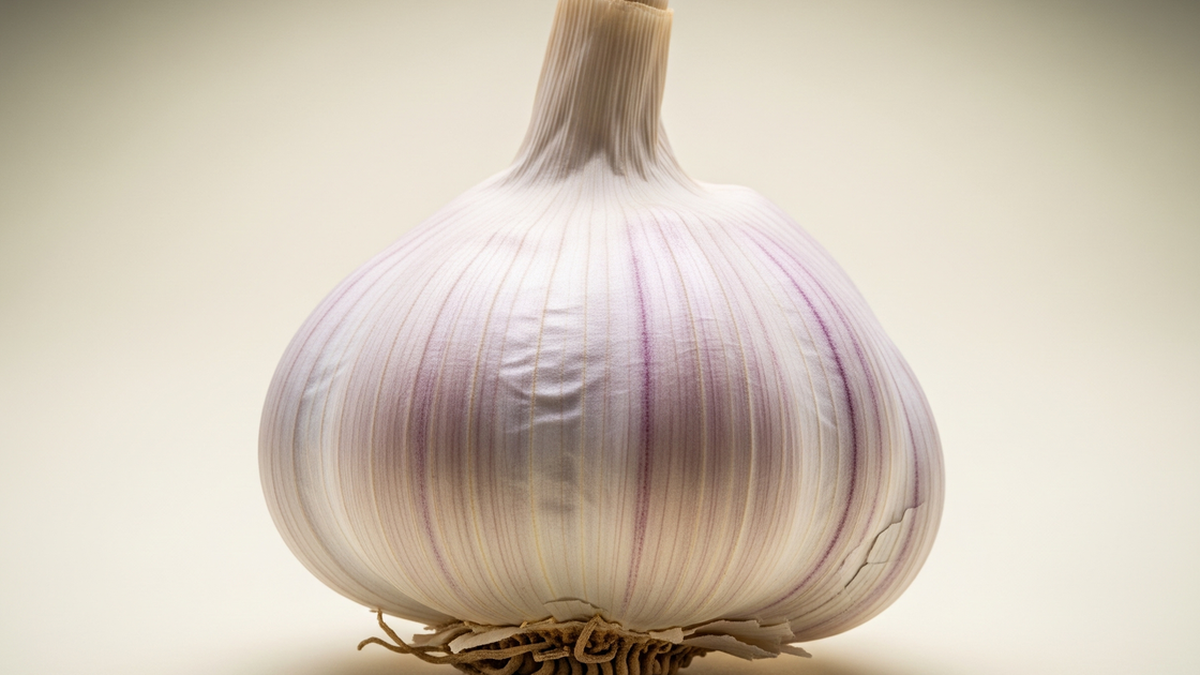



























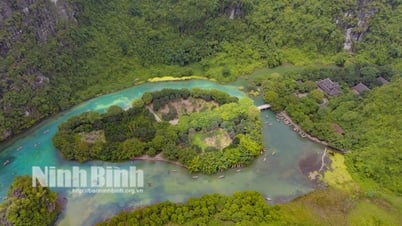

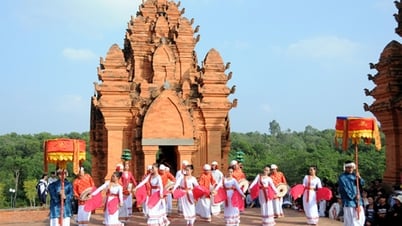

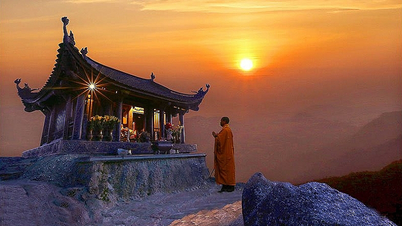

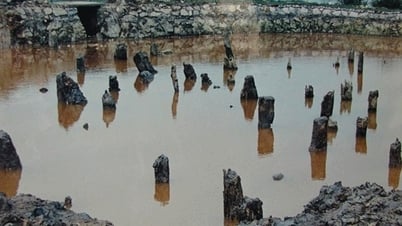

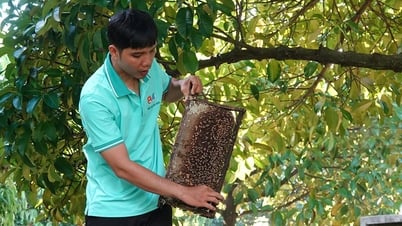




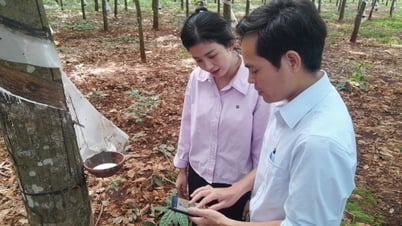












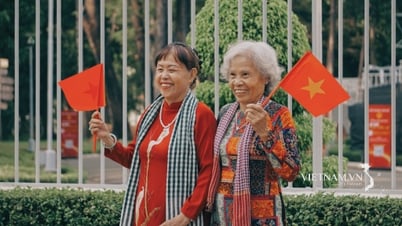




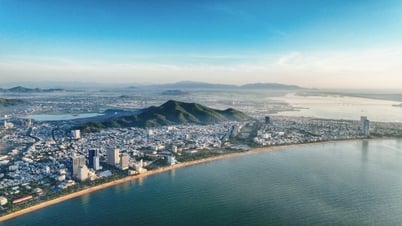

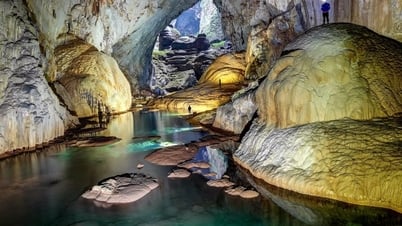






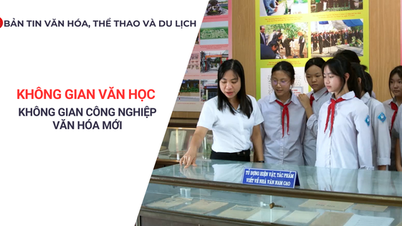
























Comment (0)